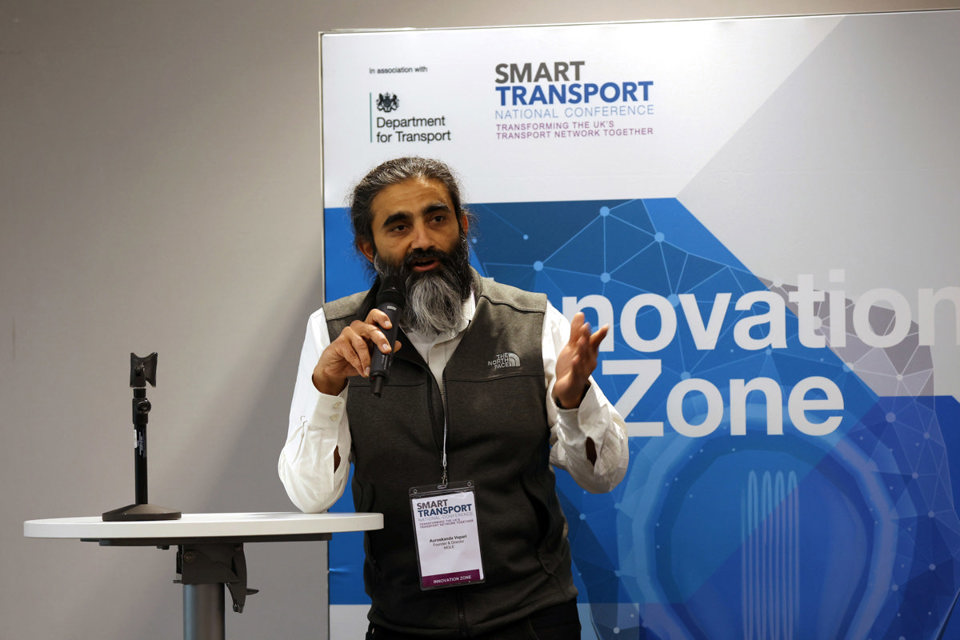A new automated robotic charging system for electric vehicles will undergo field trials with fleet operators in 2024 with an anticipated launch in the second half of the year.
Created by Mole, the charger was developed with early-stage funding support via the Transport Research and Innovation Grants (TRIGs) provided by the Department for Transport through its project delivery partner Connected Places Catapult.
The charger, disc-shaped and about the size of a manhole cover, is installed in the ground, either indoor or outside. The vehicle parks over the top and the charger automatically connects to a retrofit device fitted underneath the vehicle.
The charging session is initiated either via the app, through the vehicle dashboard or by pressing a button on the wall.
Mole has already completed an initial trial with a national supermarket delivery operator and founder and CEO Auroskanda Vepari is now appealing to fleets to join a largescale testing programme early next year.
“Our view at Mole is that charging a vehicle should be a better experience than filling one with petrol or diesel,” Vepari said.
“Our system takes up less space, removes the need to handle charging cables – especially when they are wet – and addresses concerns about charge point safety and mobility access because you don’t have to get out of the vehicle.”
Charging can be at any speed, both AC and DC, with the Mole power capacity upgraded as required.
Vepari said: “The vehicle modification is cheap and easy – it just costs a few hundred pounds.”
The adapter is reversable and doesn’t prevent ongoing use of the existing OEM charging port.
“We took this approach because with the side ports there is no homology across manufacturers, so we had to standardise our robotics,” Vepari said. “The adapter is the same for all vehicles.”
Charging fees are yet to be confirmed, although a rental model is being considered with sessions priced from £20 to £70 depending on kWh charging speed.
“The cost of the automation is marginal and can either be paid upfront or as a monthly fee,” Vepari added.
The initial target will be commercial vehicle fleets for the first-generation model. Eventually, a public charging solution will be added to the portfolio.





















Login to comment
Comments
No comments have been made yet.